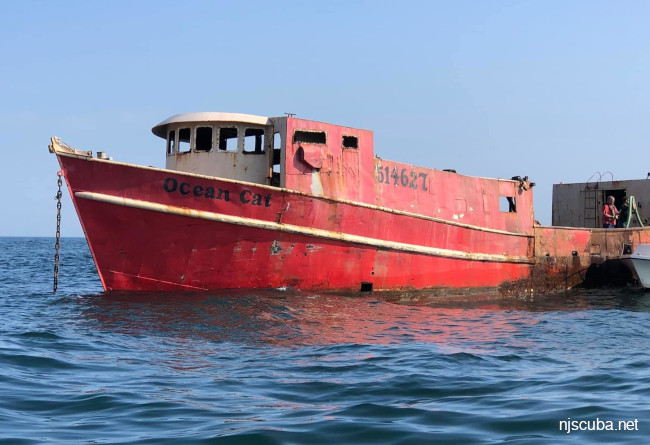u06 - AWOIS 7938
H10224/86-88 -- OPR-C121-WH-86-88; DEVELOPMENT 240; PREVIOUSLY UNCHARTED WRECK INVESTIGATED WITH 50M RANGE SIDE-SCAN SONAR AND DIVER; DIVERS FOUND A BADLY DETERIORATED WOODEN 140 X 40 FT BARGE, SITTING UPRIGHT ON A SAND BOTTOM; ALTHOUGH THE SOUTHEAST END OF WRECK IS MORE INTACT, THE LEAST DEPTH WAS LOCATED ON THE NORTHWEST END; 49 FT PNEUMATIC DEPTH GAUGE LEAST DEPTH TAKEN ON THE TOP OF A WOODEN SUPPORT RIB. (ENTERED MSD 4/91)


Questions or Inquiries?
Just want to say Hello? Sign the .